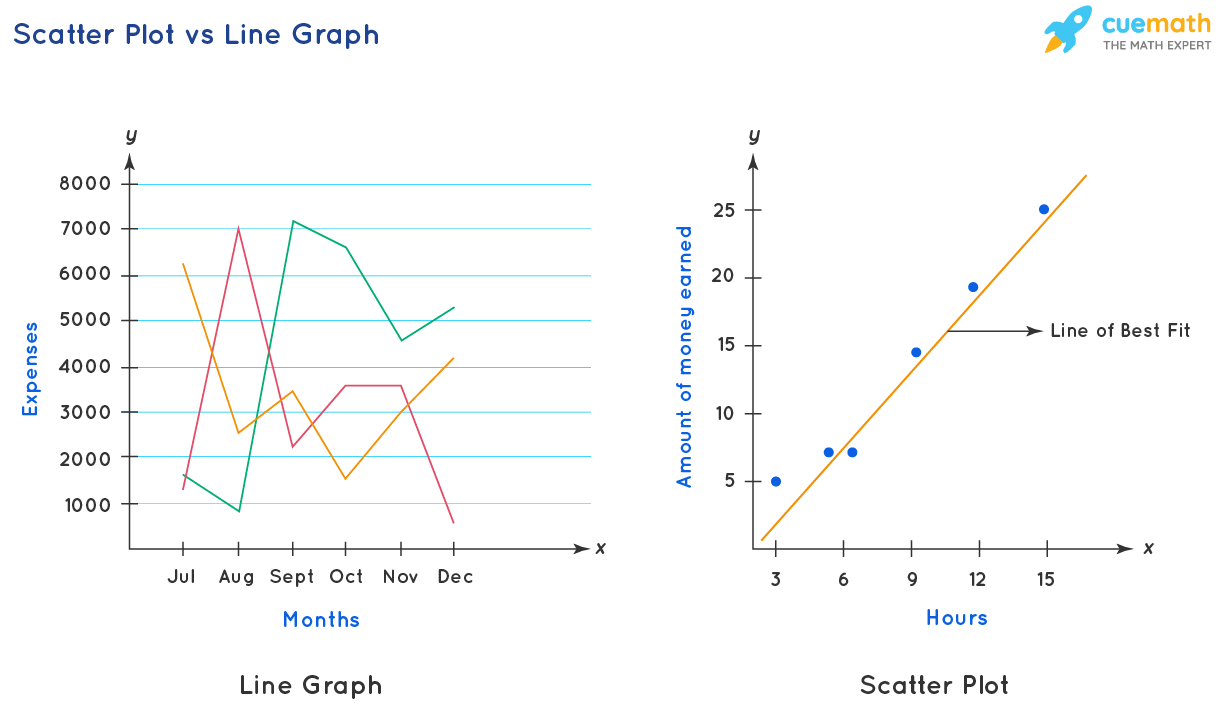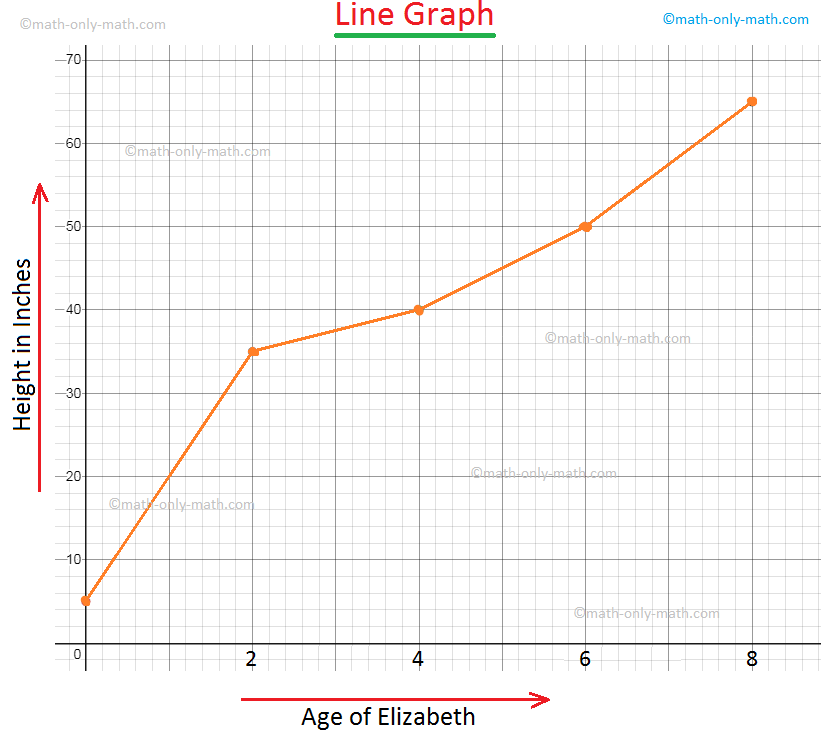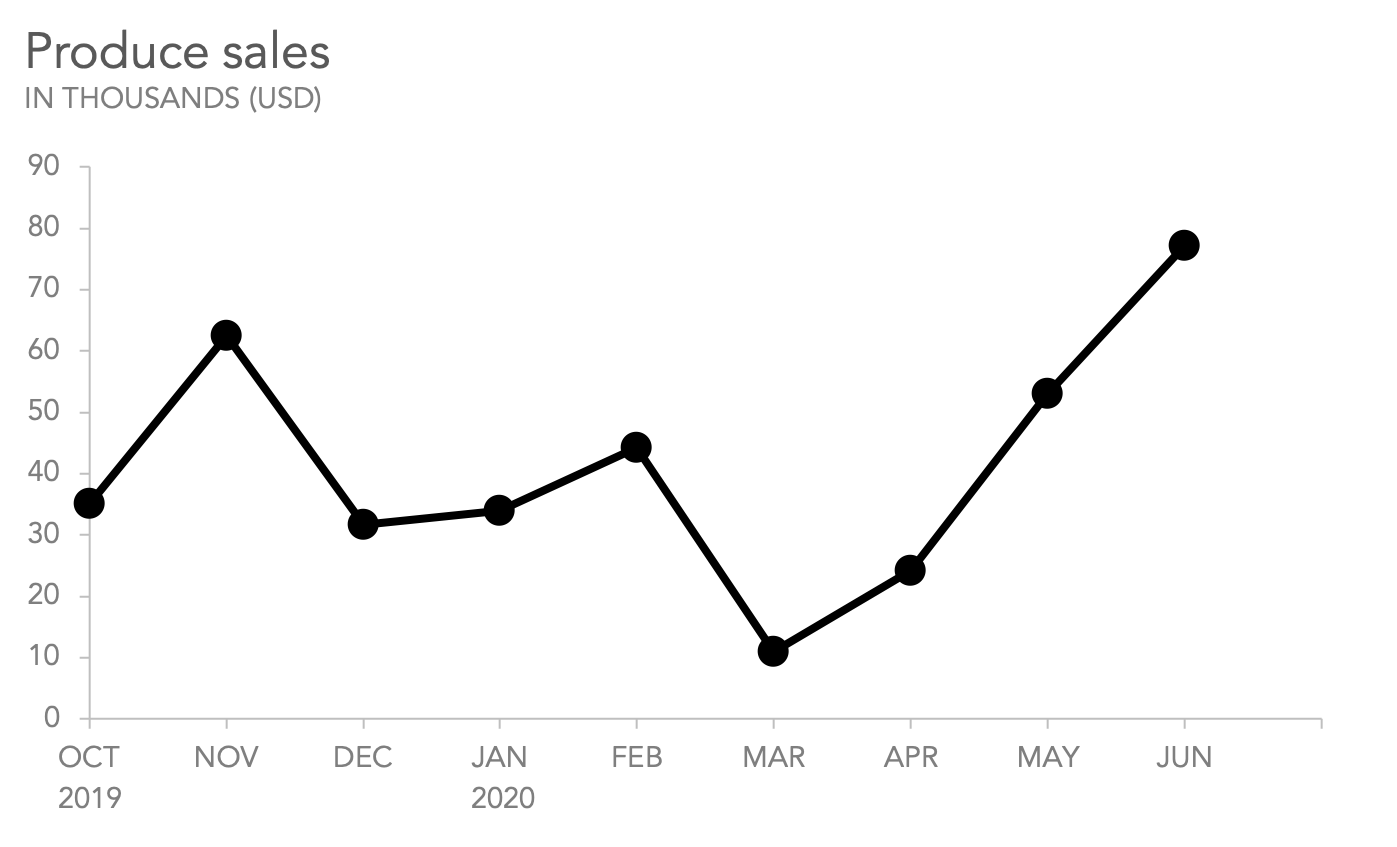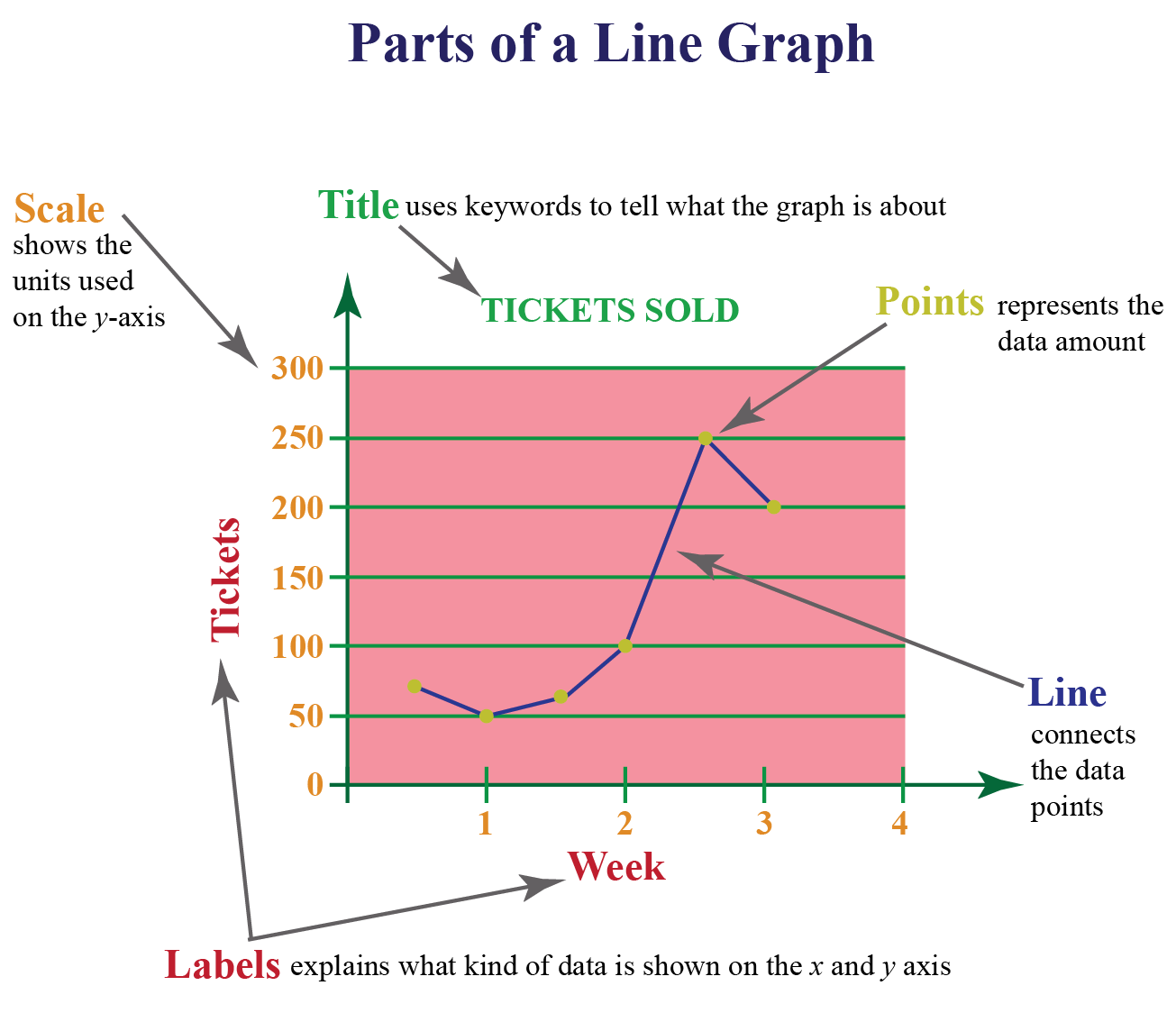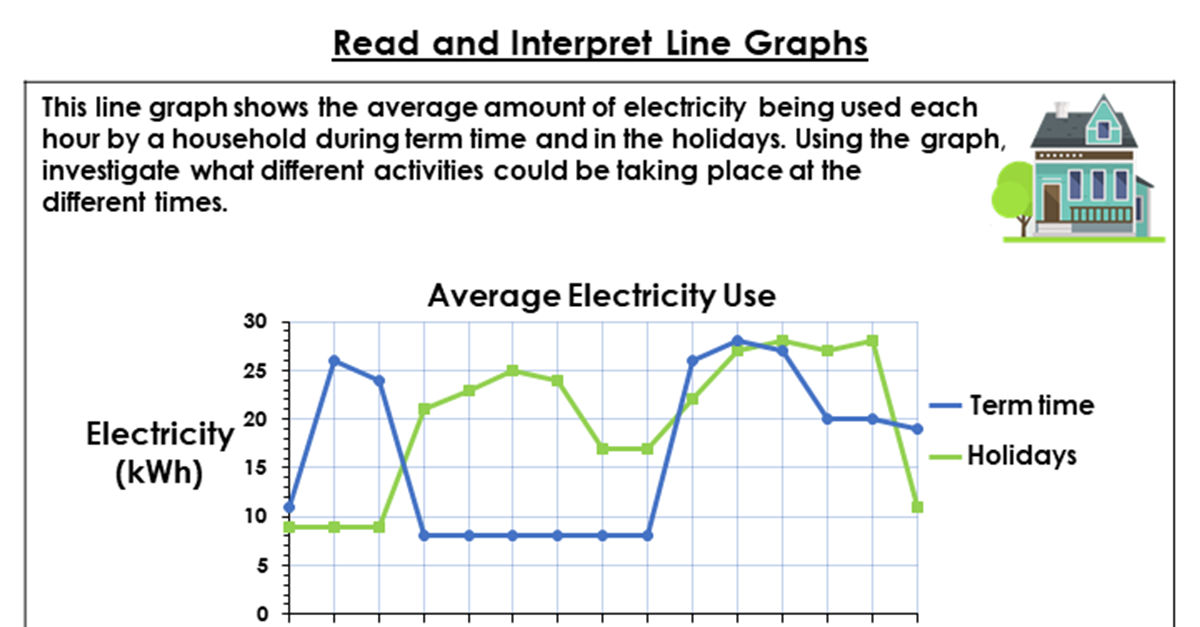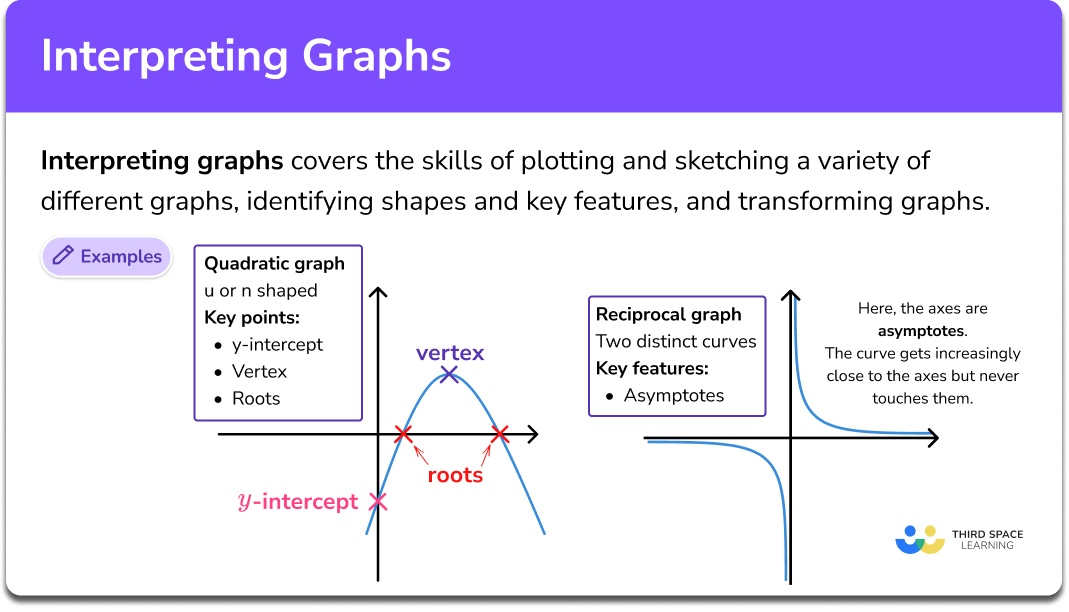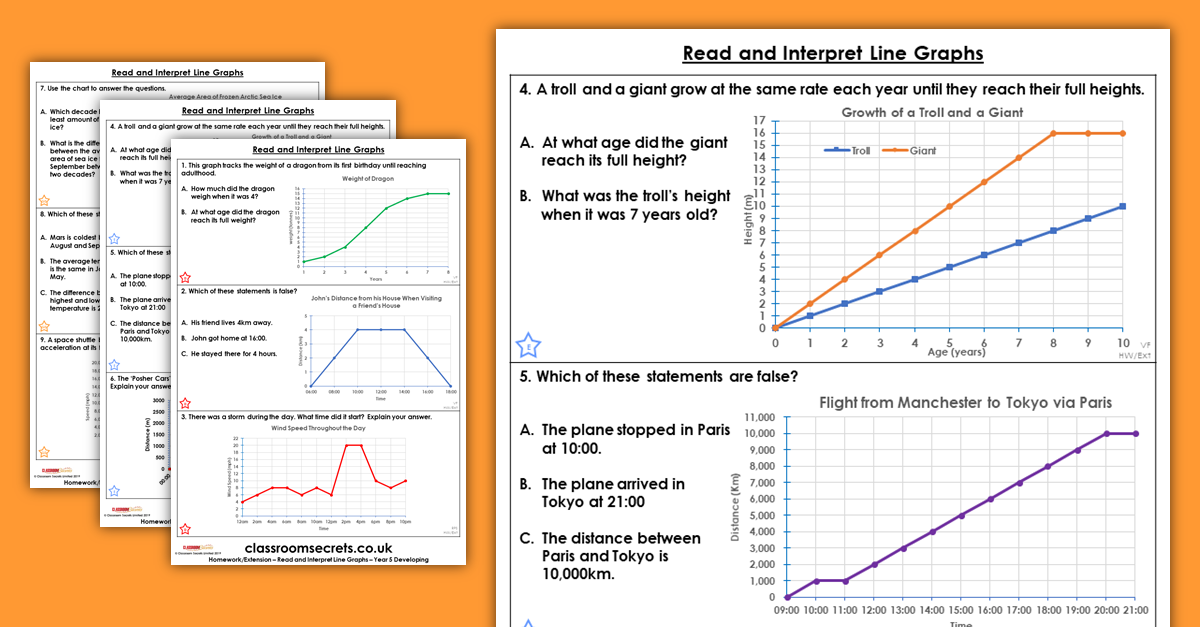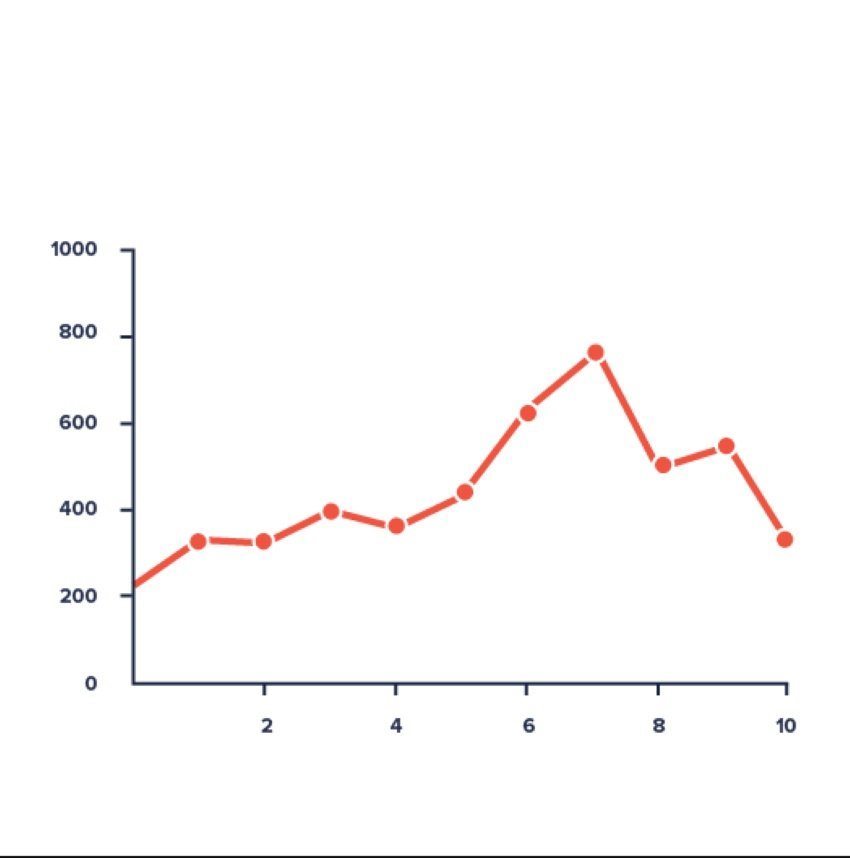Great Info About How Do I Interpret A Line Graph Chart Js Remove Y Axis
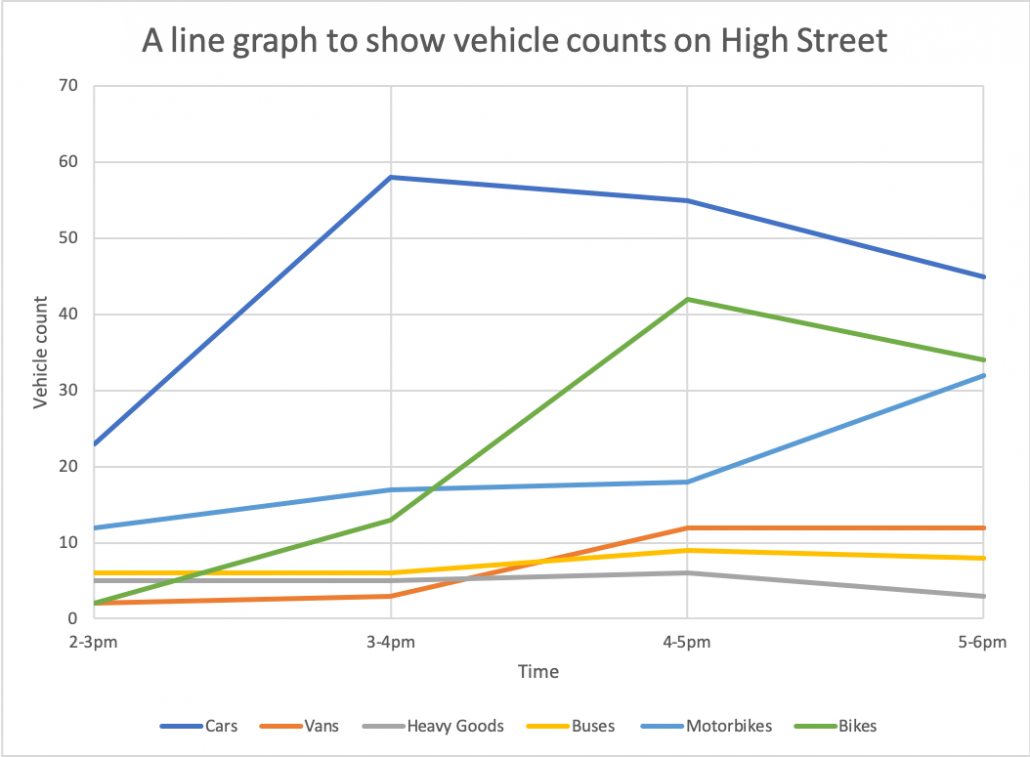
In other words, graphs are pictures that show you how one thing changes in relation to another.
How do i interpret a line graph. This horizontal axis in this. Through various examples, learn how to read and interpret different line graphs. A line graph is a graph formed by segments of straight lines that join the plotted points that represent given data.
How to interpret a line graph. Here, we need to spot trends or changes in the data that are significant, if not just noticeable. In one swift download, you’ll find a great variety of teaching and learning materials made specifically for this topic.
Use line charts to display a series of data points that are connected by lines. Using sentence starters to analyse graphs. First, select the data points in your graph that you want to add the target line to.
Let's take a look at an example. The graph below will be used to help us define the parts of a line graph. It makes the data come alive, right?
Additional strategies to support students to read graphs can be found in 'language for graphs and statistical displays'. A line graph is a type of graph used to spot trends close trend a pattern in data. Identify if the value you are given is an input or an output from the graph.
You can see how much it cooled down after lunch. To add a target line to a graph in excel, follow these steps: Another name for a this type of graph is a line chart.
Then, go to the “insert” tab and click on “line” from the “charts” section. A line plot is a way to display data along a number line. Sentence starters are one way to scaffold students' interpretation of graphs.
How to interpret a line graph. Line charts are also known as line plots. The line graph is used to solve changin g conditions, often over a certain time interval.
A line graph is way to visually represent data, especially data that changes over time. The horizontal axis depicts a continuous progression, often that of time, while the vertical axis reports values for a metric of interest across that progression. Line graphs, also called line charts, are used to represent quantitative data collected over a specific subject and a specific time interval.
Next, click on the “design” tab and select “select data” from the “data” section. A line connects all the points on the graph. Or you can draw it yourself!
